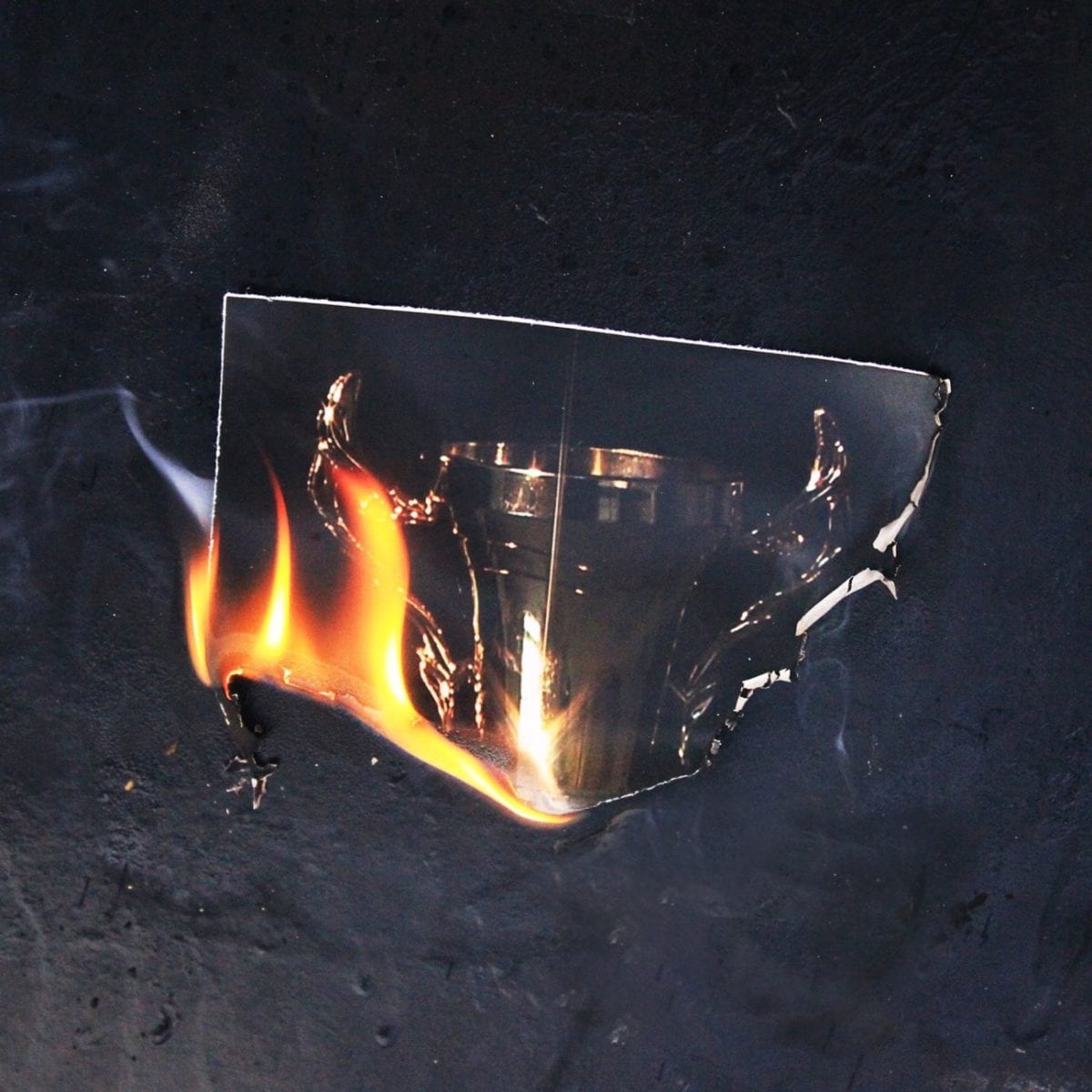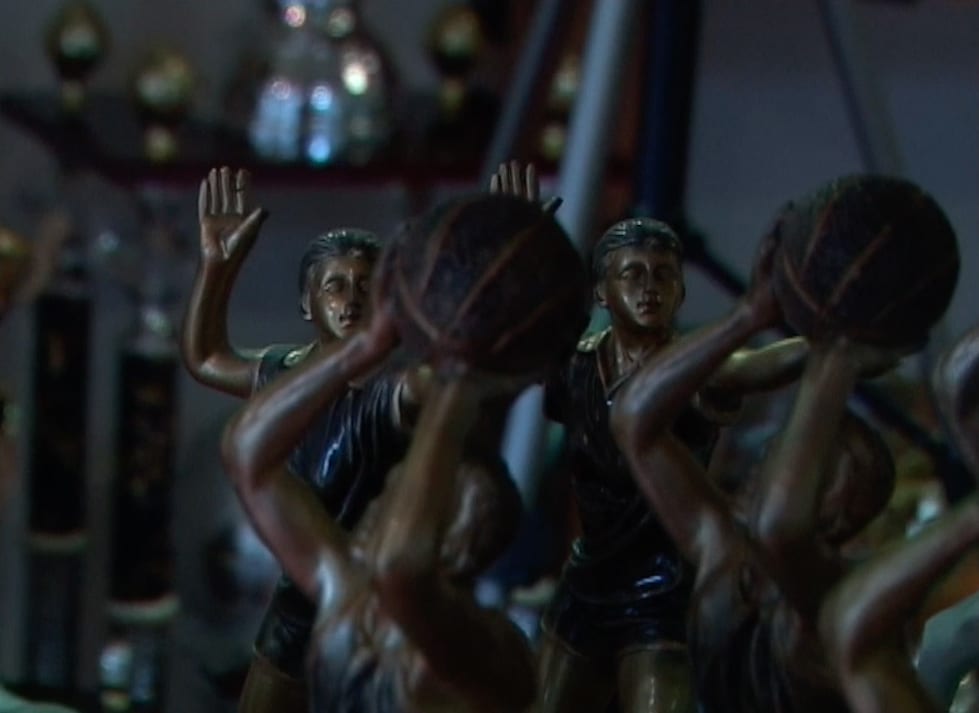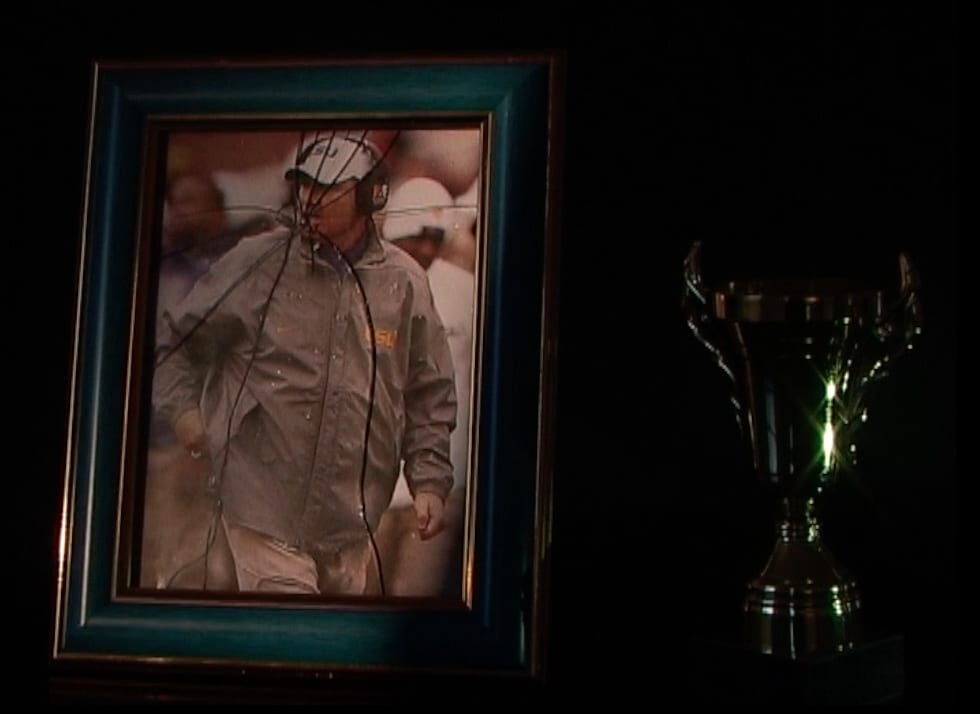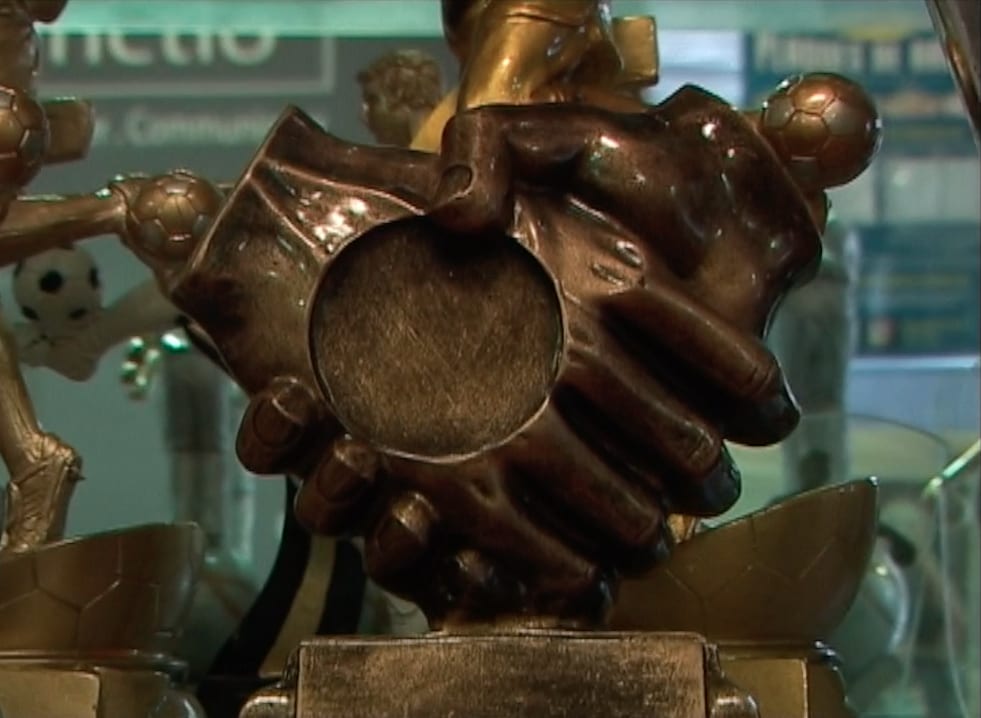
Active for the past half-decade and responsible for a flurry of game-changing records on L.I.E.S., The Trilogy Tapes, In Paradisum and Modern Love – in addition to his own label Editions Gravats, founded along with Jean Carval, French sound experimentalist Philippe Hallais aka Low Jack has quickly become a key player in the realm of off-kilter techno and boundary-pushing electronics, blowing some fresh air into sonic fields that were at the time gained by a sense of stale complacency and unadventurous decrepitude.
Following up to his showstopping album from last year, ‘Lighthouse Stories‘, Philippe recently returned to Modern Love with ‘An American Hero‘ – a riveting imaginary soundtrack inspired by the very popular ESPN documentary series focused on the life and destiny of high-level athletes. Accompanied by a string of short videos directed by gifted visual artist Ethan Assouline, the album beautifully opens new pathways and ports of entry into Hallais’ multidimensional body of work, which we were obviously eager to know more about.
Interview by Baptiste Girou

"To illustrate 'An American Hero', it couldn't be anything but a series of fetishised objects and haunting memories."
Philippe – ‘An American Hero’ is your fourth album and second full-length for Modern Love. How did you approach this new record? What is the big concept behind it?
Philippe: ‘An American Hero‘ is inspired by the dramatic structure of biopics about high-level sportsmen, from the election of young athletes in high-school onto the questions of injuries, betrayals and then redemption. The original idea was to create some kind of imaginary soundtrack in a way.
The importance of sports and entertainment in Americana makes for a deeply anchored idiosyncrasy, complete with its sense of artificial dramatisation and carefully thought-out narrative constructions. Is it something you particularly experienced during your journeys in the US?
Philippe: I went through my first North American tour last year and this 3-week journey there certainly indirectly helped trace the first contours to ‘AAH‘. I’d say it’s more precisely their relation to a certain kind of excessive entertainment that struck me, and especially amused me. From touch-screens in the taxis displaying their own TV channels to the safety instructions right before take-off, resembling the mini comedy shows you can watch on the networks, you’re confronted with a constant influx of televisual artifices.
How did the ESPN documentaries inspire you?
Philippe: What interested me was the ‘series’ phenomenon behind these documentaries. You can feel the exact same drama recipe, the same mass-produced narrative motifs, no matter who’s the protagonist. In the end, since the storytelling system doesn’t vary from an athlete to the other, you lose all sense of actual personification. The ‘hero’ is interchangeable, iconic, reduced to the state of a relic without a name, purely symbolic.

"The 'hero' is interchangeable, iconic, reduced to the state of a relic without a name, purely symbolic."
The album is divided into four chapters, can you tell us why?
Philippe: Each number on the record follows a very specific narrative guideline, according to proceedings close to that of soap opera: ascension, betrayal, disgrace, redemption, comeback and posterity.
The mythological power of music seems to be a constant in your sound, which bears chaotic traits and a timeless force. What feel/impression are you aiming to set out?
Philippe: Thanks for feeling that way about my records, that’s very rejoicing! From my perspective, I must say they’re conceived through a what is almost a total unconscious process. I follow my instinct, between raw desires and sudden impulses. I was recently discussing with French artist Èlg and realised that we shared some great similarities in the way we approach music making. In this case the original idea is sometimes blurry but then, after a few attempts and occasionally failures, we get to a whole – equally formal and conceptual, that will have experienced several turnarounds on the road. One shouldn’t fear the spontaneity.
What did you have in mind when composing the tracks? It seems to have a distant kinship with Vangelis ‘Chariots Of Fire’ soundtrack, as seen through a dystopian scope.
Philippe: As opposed to the previous record, this one didn’t involve any real musical influences. Actually, I had absolutely no interest in the documentaries “soundtracks” per se. As said above, this was the context, the generic form of storytelling, the televisual formatting that inspired me. In the end it was quite stimulating to not cling to any musical reference point.

"I knew I wanted to play with my perception of the album its emotional and narrative power, and bring it to a climax, try and surpass what television did in terms of romantic dimension and tragic processing of these images."
George Orwell once said that “serious sport […] is war minus the shooting”. Do you share this vision of things?
Philippe: In a way, yes. The Baroque films of Paul Verhoeven, such as ‘Starship Troopers‘ or ‘Running Man‘ by Paul Michael Glaser have had a great influence on me. Dystopian, warlike sci-fi tackled with triviality and grotesque, with clear parallels leading to the realm of sports and high-level performance.
You chose to collaborate with Ethan Assouline (hello Ethan), who’s directed eleven short videos to accompany each track from the album. How did the idea come about?
Philippe: This emerged as an obvious choice. None other than Ethan could’ve made the videos for ‘AAH‘. I came across Ethan’s work for Novembre Magazine especially, and on the occasion of one of his exhibitions at The Community gallery in Paris I approached him to start a collaboration. Everything clicked together very smoothly, quickly taking shape, especially since we share a lot of influences, music and films-wise. We speak the same language.
Ethan: Philippe talked me into this concept of creating short illustrations to announce each track on the album and the idea truly struck a chord with me; the short format, anti-generic music video – just an image to support the music. Also, the involvement of Groupe CCC – a Paris-based crew of very talented friends and designers who built the website – has been decisive in the process and comforted us in the idea to go for something very simple, to create a system where each image was supposed to evoke an idea, a cliché.
Philippe, Ethan – What speaks to you about each other’s work?
Philippe: Ethan has a time-proof sense of the image that instantly moved me. Also, he handles humour and baroque with extreme finesse. You’re into something that’s both very literal/emo, but with a finely-inlaid touch of cynicism and never outrageous. On a more technical note, he uses the same system as I do with composition. He alters his own films as if they were archive footage, so much that it blurs the line between what is actually shot by himself and what he collects elsewhere. I have a very similar approach to sampling: I often sample and re-sample my own try-outs, so well that one couldn’t tell whether it’s an original composition or another’s sample.
Ethan: Philippe’s music immediately struck me by its conceptual and narrative force, the way he uses well-known material – be it music styles, cinema stereotypes or real life stuff – and crushes them to better resuscitate them through a unique sound – precise, sometimes sorrowful but more often funny, like a teenager looking for the point of no return, back when everything exploded. I am very happy about this collaboration and I asked Philippe if we could do it the other way round, that he produces the music for a project of mine.

"Ethan has a time-proof sense of the image that instantly moved me. Also, he handles humour and baroque with extreme finesse."
Ethan – What was your angle of attack to illustrate Philippe’s tracks?
Ethan: Since the beginning with Philippe we wondered what were the most cliché images to illustrate the matters of adolescence and American drama. From that moment on, I knew I wanted to play with my perception of the album – its emotional and narrative power, and bring it to a climax, try and surpass what television did in terms of romantic dimension and tragic processing of these images.
To create this effect – my own television images, I shot pictures of elements close to me; a friend, my dog, objects lying around in my apartment, the place where I work… and constituted a gallery of images that aims at weaving the portrait of a hero who isn’t there anymore, who can just be told through the absence of his body. To illustrate ‘An American Hero‘, it couldn’t be anything but a series of fetishised objects and haunting memories.
What’s lined up for you this summer?
Philippe: A few collaborations are in the making, amongst which one with Time Cow from the Equiknoxx duo. Also, we’re on the verge of a very busy year with Jean Carval at Editions Gravats, to which a good part of our summer will be dedicated. And certainly two or three weeks of much deserved retreat in Brittany in August.
An American hero is out now via Modern Love, order a copy from Boomkat.
TRACKLIST
1. Theme (Trophies)
2. Ready (Sacred)
3. Angela (Square)
4. Everything (Good)
5. Skin (Hit)
6. Fantasy (4U)
7. Feel (Storm)
8. Fall (Never Meant)
9. Garrys (Locker)
10. Lately (Acoustic)
11. Hero (Theme)
Discover more about Low Jack and Modern Love on Inverted Audio.
Low JackPhilippe HallaisModern Love9 June 2017Electronic